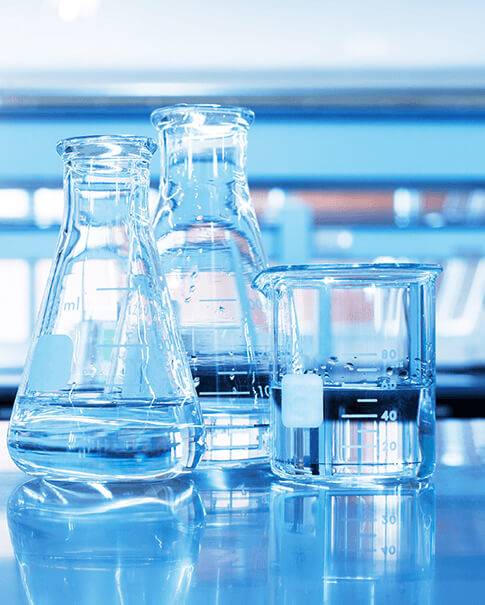What Are You Looking For?

Why can polyacrylamide make water clear?
Sep 26, 2024Polyacrylamide can make water clear because it has the ability to flocculate particles and clarify water through a process called coagulation/flocculation.
When polyacrylamide is added to water, it forms a network or matrix-like structure due to its long polymer chains. These chains can entangle and bind together particles, colloids, and impurities present in the water. The polyacrylamide molecules act as a bridge, linking the particles together and forming larger aggregates called flocs.
The flocs formed by polyacrylamide are heavier and larger than individual particles or impurities in the water. As a result, they settle more rapidly under gravity or can be easily removed through filtration or sedimentation processes. This helps to clarify the water by removing suspended solids, colloids, and other fine particles that cause turbidity or cloudiness.
Additionally, polyacrylamide can also improve the efficiency of other water treatment processes, such as coagulation with metal salts like alum. It aids in the formation of larger, denser flocs, enhancing their settling properties and facilitating the removal of contaminants.
Overall, polyacrylamide's flocculating properties make it effective in clearing water by agglomerating and removing impurities, resulting in clearer and visually transparent.